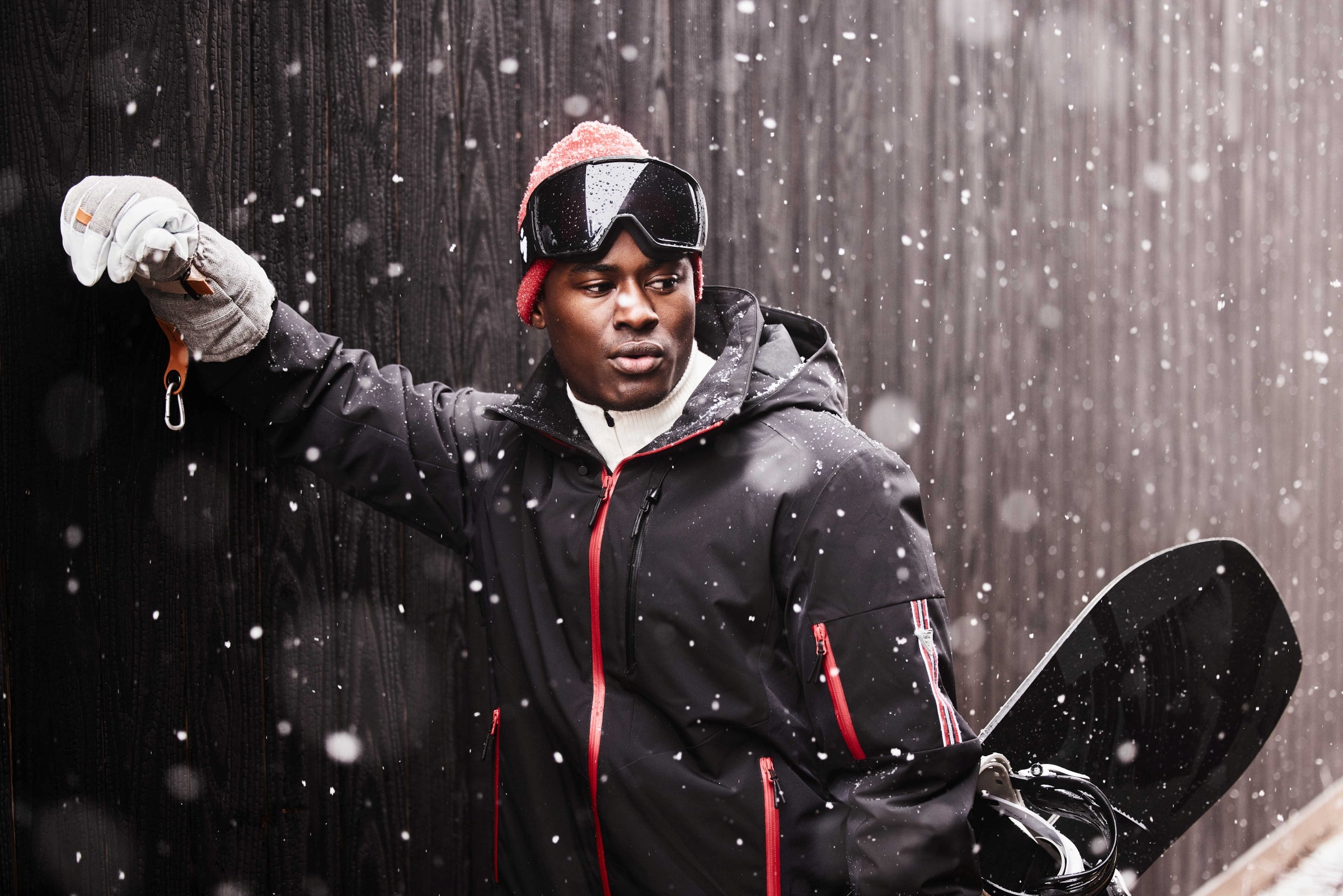YOU DON'T HAVE TO JUMP OUT OF THE HELI
When I tell people I heliski I get reactions ranging from awe to shock. Their face reads either, “Wow, you must be an amazing skier," or “What an irresponsible mother!" So I thought I should dispel some myths about heliskiing for those of you that think, "I could never do anything scary like that" (or What an irresponsible mother!)
Myth 1: Heliskiing involves jumping out of helicopters from mid-air and bombing down the slope like James Bond.
Fact: While James Bond has done much to connect helicopters and skiing in people's minds (he skis in five of his movies), typical heliskiers don't jump out of the chopper. The helicopter lands with the engine running, the guide exits and unloads the skis/snowboards from the storage cage as the passengers step down onto the skid and then the snow next to the heli*. Everyone stays low by the side of the chopper until the equipment is out, doors are closed, and pilot flies away. All very controlled and civilised, aside from the blast of snow (“rotor wash”) when the heli departs! After leading the group down slopes of pristine powder, the guide stops at an open clearing where everyone undoes their bindings, bundles their skis and poles, takes off their backpacks and prepares for pickup. The helicopter pilot lands next to the group, the guide loads the equipment and everyone gets on board for the next lift. It's like skiing with a chauffeur.
Myth 2: Heliskiing is only for expert skiers
Fact: A strong intermediate with experience skiing powder snow can heliski. Powder ("fat") skis provided by the heliski operator make skiing the deep stuff much easier. Doing runs on untracked snow with virtually no other people is very confidence-building. If you are an intermediate considering a heli experience, practice your skills in deeper snow and then join an intro day trip with other first-timers. You will then discover what first class skiing is all about!
Myth 3: Heliskiing is extremely dangerous
Fact: On the resort slopes, one of the biggest risks is a collision with another skier or boarder. Or people fall on icy runs, hard moguls or crusted snow because they wound up on a run they shouldn't be on. Heliskiing with a reputable North American heliski operator typically has NONE of these hazards. You ski in small groups with a certified guide who is evaluating terrain and choosing ability-appropriate runs with the best snow conditions. Many precautions are taken to avoid avalanches, including the use of safety equipment and skiing slopes one by one. Usually only one company operates in a given zone. The helicopters and pilots are top notch.
My recommendation is to go for small group heliskiing, where you ski in groups of 4 using a smaller helicopter. You get better lines and the guide-skier ratio ensures excellent attention.
Here are some small group heliski operators:
Day Operations near a ski resort:
Whistler Heliskiing (Whistler/Blackcomb)
Selkirk Tangiers (Revelstoke)
Chugach Powder Guides (Alyeska, Girdwood)
Helitrax (Telluride)
Destination Lodge Operations:
CMH (CMH)
Custom Heli Trips in Chile and Alaska:
* There are always exceptions. Check out this landing spot in Valle Nevado, Chile. But just a little hop out.



